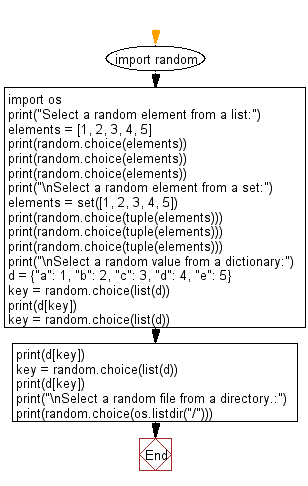

If both the real and imaginary parts are non-nan then the order is determined by the real parts except when they are equal, in which case the order is determined by the imaginary parts. The output is displayed on the console. The sort order for complex numbers is lexicographic.To sort elements from higher to lower, you pass the. In other words, it places the lower elements before the higher ones. Here's one way: You basically re-write your sort function to take a list of sort functions, each sort function compares the attributes you want to test, on each sort test, you look and see if the cmp function returns a non-zero return if so break and send the return value. Example of sorting a list of tuples by their second. Pass a function here, which computes a key-value from each tuple in the list to sort the tuples by their computed key-values.

Both of them have an optional parameter key that expects a function. By default, the sort () method sorts the elements of a list using the less-than operator ( < ). Use Python’s built-in sorted() function or call the method sort() on the list you want to sort. It means that the sort () method modifies the order of elements in the list.

It uses the sort method and the lambda function to sort the elements in the tuple.A function named 'sort_tuple_vals' is defined, that takes a tuple as a parameter. Python Sort list according to other list order Sort the values of first list using second list in Python Program to print all palindromes in a given range Check if characters of a given string can be rearranged to form a palindrome Rearrange characters to form palindrome if possible Check if a string can be rearranged to form special.Print(sort_tuple_vals(my_tup)) Output The tuple isĪfter sorting the tuple alphabetically, it becomes : sorted(ls, keylambda t: t0) Or convert the whole thing to a structured numpy array and ask numpy to sort it. Print("After sorting the tuple alphabetically, it becomes : ") Since your 'values' are numeric, you can easily reverse the sort order by changing the sign. Either tell python to sort only on the first item. Note: You cannot sort a list that contains BOTH string values AND numeric values. Strings are sorted alphabetically, and numbers are sorted numerically. You can specify ascending or descending order. If the order of sorting is specified as descending, it is sorted in descending order.Ī list can be used to store heterogeneous values (i.e data of any data type like integer, floating point, strings, and so on).Ī list of tuple basically contains tuples enclosed in a list.īelow is a demonstration of the same − Example The sorted () function returns a sorted list of the specified iterable object. The 'sort' function sorts the values in ascending order by default. When using this, the contents of the original tuple get changed, since in-place sorting is performed. When it is required to sort a list of tuples in alphabetical order, the 'sort' method can be used.


 0 kommentar(er)
0 kommentar(er)
